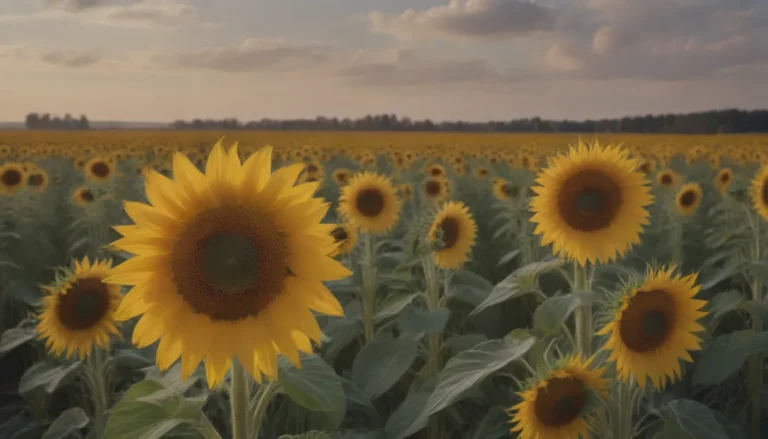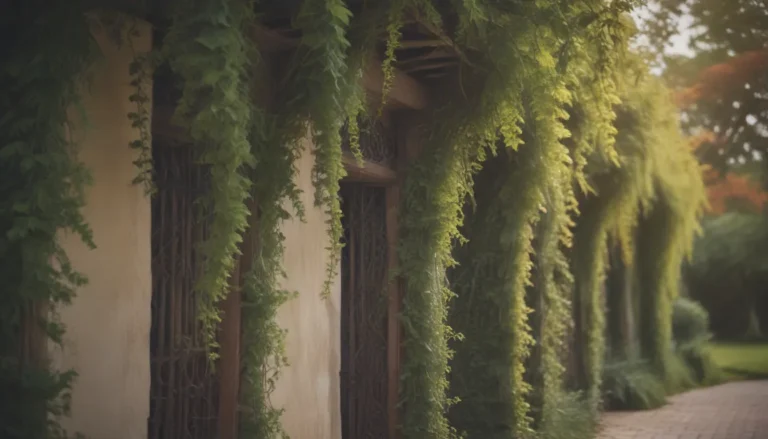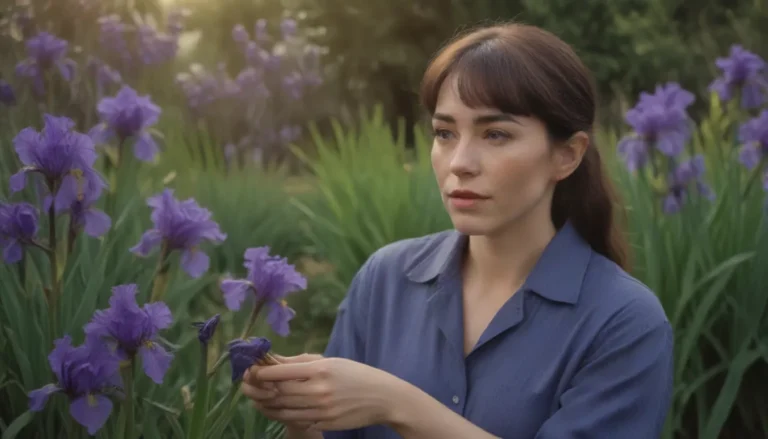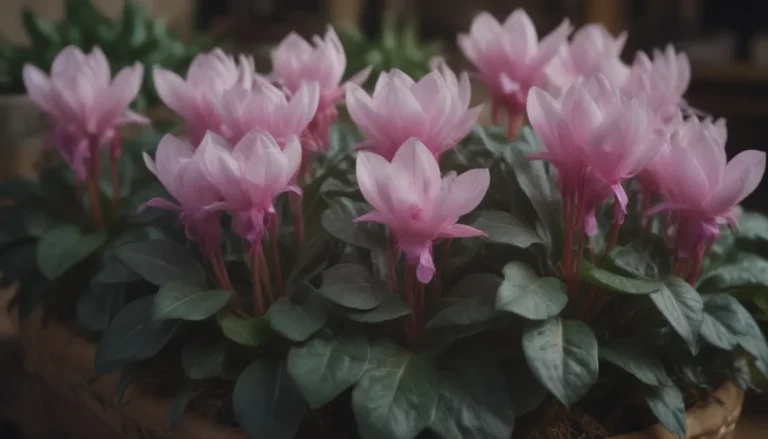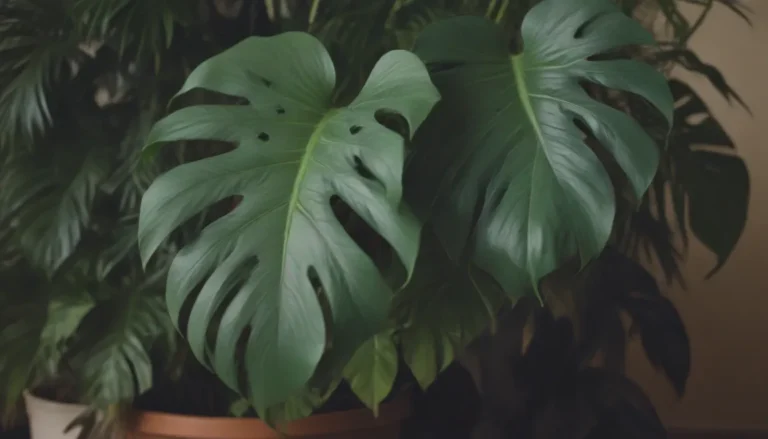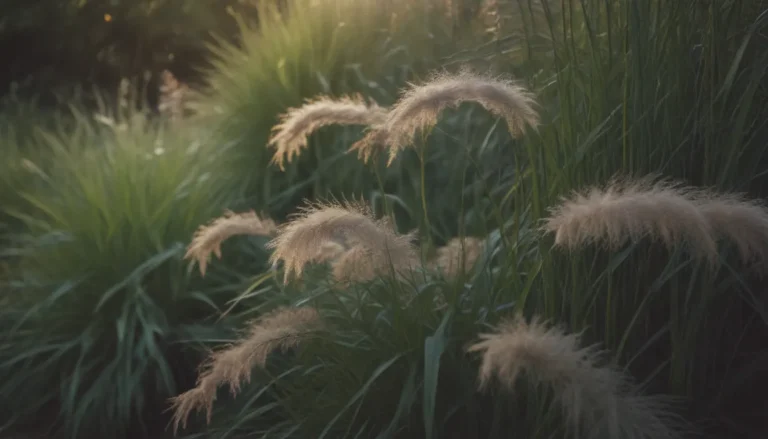Beautiful Shade Annuals: A Comprehensive Guide
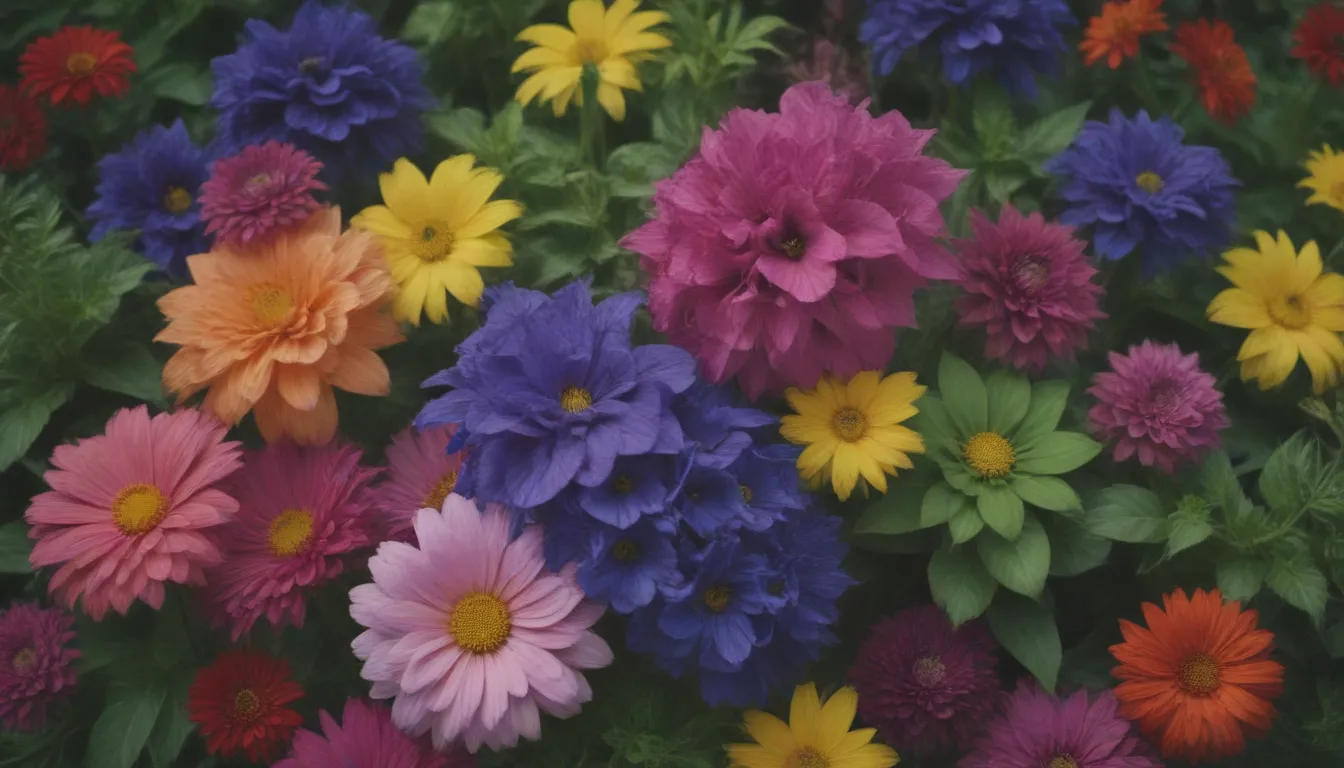
Are you struggling to cultivate a colorful garden due to a lack of sunlight? Don’t worry! There are plenty of stunning annual plants that thrive in shady areas. These shade-loving beauties can add vibrant blooms and striking foliage to your landscape even in the absence of direct sunlight. In this comprehensive guide, we’ll explore 23 annuals that are perfectly suited for shady environments. From delicate flowers to bold foliage, these plants will flourish in the cool, sheltered spaces of your garden, bringing life and color to even the darkest corners. So, grab your gardening gloves and let’s dive into the world of beautiful shade annuals!
Annuals for Shade: Bringing Color to Dark Spaces
When it comes to selecting plants for shady areas, it’s essential to choose varieties that can thrive without the benefit of direct sunlight. Here are some of the top shade annuals that will brighten up your shady garden:
1. Begonia
- Name: Begonia
- USDA Hardiness Zones:
- Flower Color:
- Light:
- Bloom Time:
Shade-loving begonias are known for their waxy blooms and rich green leaves that provide vibrant color throughout the summer. These hardy plants are perfect for shady, warm environments and will add a touch of elegance to your garden. Be cautious as begonias can be toxic to animals.
2. Sweet Alyssum
- Name: Sweet Alyssum
- USDA Hardiness Zones:
- Flower Color:
- Light:
- Bloom Time:
Sweet alyssum is a charming annual that thrives in partial shade, forming a carpet of white blooms in the cool spring and fall months. While considered invasive in some regions, these flowers are a delightful addition to any shade garden.
3. Lobelia
- Name: Lobelia
- USDA Hardiness Zones:
- Flower Color:
- Light:
- Bloom Time:
With its abundance of colorful flowers in shades of blue, purple, pink, white, and red, lobelia is a favorite among pollinators. This plant adds a pop of color to shady gardens but should be handled with care as it is toxic to humans and animals.
4. Polka Dot Plant
- Name: Polka Dot Plant
- USDA Hardiness Zones:
- Flower Color:
- Light:
- Bloom Time:
The cheery pink and green leaves of the polka dot plant are a whimsical addition to shady gardens. These plants grow slowly but add a subtle touch of color to containers and garden beds.
5. Fuchsia
- Name: Fuchsia
- USDA Hardiness Zones:
- Flower Color:
- Light:
- Bloom Time:
Known for attracting hummingbirds, fuchsia plants feature teardrop-shaped flowers that cascade beautifully over hanging baskets. These vibrant blooms thrive in shady, hot spots, adding a touch of elegance to any garden.
6. Viola
- Name: Viola
- USDA Hardiness Zones:
- Flower Color:
- Light:
- Bloom Time:
Edible violas, reminiscent of pansies, are perfect for shady, cool environments. These colorful flowers are a lovely addition to cakes and salads, adding a touch of whimsy to your culinary creations.
7. Wishbone Flower
- Name: Wishbone Flower
- USDA Hardiness Zones:
- Flower Color:
- Light:
- Bloom Time:
With its striking bi-color combinations, wishbone flowers are a gorgeous addition to any shade garden. These small purple flowers attract pollinators and add a touch of beauty to shady spaces.
8. Caladium
- Name: Caladium
- USDA Hardiness Zones:
- Foliage Color:
- Light:
- Bloom Time:
Caladiums are heat and shade-loving plants known for their vibrant, arrow-shaped foliage in shades of neon green, pink, red, and white. While they do flower, it’s their leaves that steal the show in shady gardens. Caution: Caladiums can be toxic to humans and animals.
9. Coleus
- Name: Coleus
- USDA Hardiness Zones:
- Foliage Color:
- Light:
- Bloom Time:
Featuring vibrant chartreuse green and deep maroon leaves, coleus plants add a splash of color to shady areas. These plants spread quickly, creating a vibrant ground cover in garden beds. Note: Coleus is toxic to pets.
10. Cineraria
- Name: Cineraria
- USDA Hardiness Zones:
- Flower Color:
- Light:
- Bloom Time:
Cineraria is known for its daisy-like, long-lasting blooms that come in a variety of colors from purple to pink to lavender. These colorful flowers prefer cooler weather and will bloom for months after seeding.
These are just a few of the fantastic shade annuals that can thrive in dark, sun-deprived areas of your garden. By choosing the right plants for your shady environment, you can create a vibrant and colorful oasis that will flourish throughout the growing season. Remember to always research the specific needs and characteristics of each plant before adding them to your garden.
Tips for Growing Shade Annuals
- Provide adequate water: While shade plants may not receive as much sunlight, they still need regular watering to thrive.
- Use high-quality soil: Ensure your plants have a nutrient-rich growing medium to support healthy growth.
- Consider container gardening: If you have limited space or poor soil quality, container gardening can be a great option for growing shade annuals.
- Prune regularly: Keep your plants looking their best by pruning dead or damaged foliage and flowers.
- Monitor for pests: Keep an eye out for common garden pests that may damage your shade annuals and take appropriate measures to control them.
Toxicity Warnings
It’s important to note that some of the plants mentioned in this guide may be toxic to humans, animals, or both. Always exercise caution when handling these plants and keep them out of reach of children and pets. If you have any concerns about the toxicity of a specific plant, consult with a professional gardener or veterinarian.
Additional Shade Annuals to Explore
In addition to the annuals mentioned above, there are many other shade-loving plants that can thrive in dimly lit environments. Here are a few more options to consider for your shady garden:
- Snapdragons: These cool-season flowers will continue to bloom in partial shade, attracting bees with their vibrant blooms.
- Sweet Potato Vine: Known for its striking foliage in shades of neon chartreuse and dark purple, sweet potato vine is a popular choice for filling containers and garden beds.
- Browallia: This low-maintenance flower produces beautiful blue, purple, and white blooms that attract hummingbirds and other pollinators.
By exploring a variety of shade annuals, you can create a diverse and visually stunning garden that thrives in even the shadiest of spaces. Experiment with different plants to find the perfect combination for your garden.
In Conclusion
With the right selection of shade annuals, you can transform even the darkest corners of your garden into vibrant, colorful spaces. By choosing plants that thrive in shady environments and providing proper care and maintenance, you can create a lush and inviting outdoor oasis that will delight you throughout the growing season. So, don’t let a lack of sunlight hold you back – embrace the beauty of shade annuals and enjoy a garden bursting with life and color!
